
1) Chilling/colds https://t.co/rtK95c8fuy (2) WhyC19 became mild https://t.co/d7jXj4qWO0 (3) Sex/mutations https://t.co/Hc2TYPVsJ2 (4) Pandemics https://t.co/sDE6NjrtxQ
3 subscribers
How to get URL link on X (Twitter) App


 2/ Strangely, there's a much stronger correlation between vaccine doses given and CoV-19 deaths: apparently, more vaccine doses corresponded to more deaths in the last 12 months, corr coeff = 0.72 ⬇️
2/ Strangely, there's a much stronger correlation between vaccine doses given and CoV-19 deaths: apparently, more vaccine doses corresponded to more deaths in the last 12 months, corr coeff = 0.72 ⬇️ 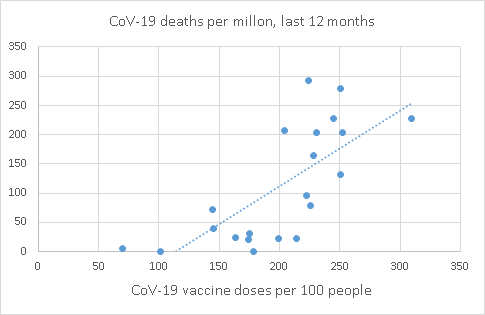


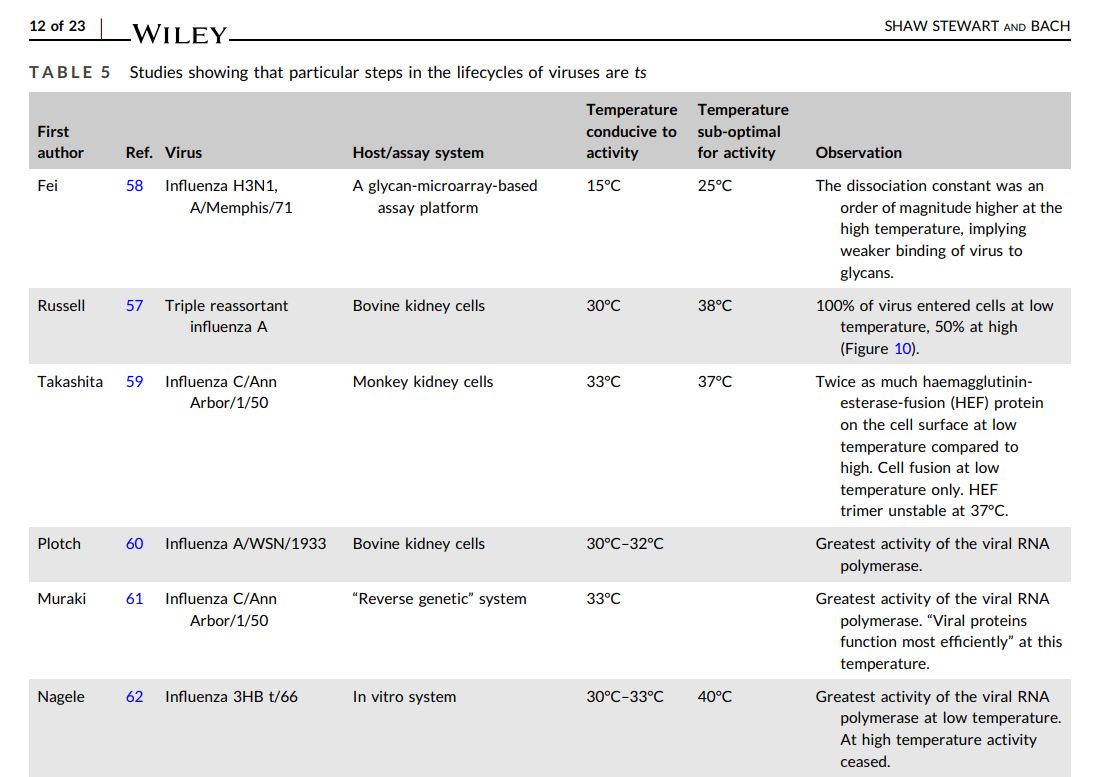

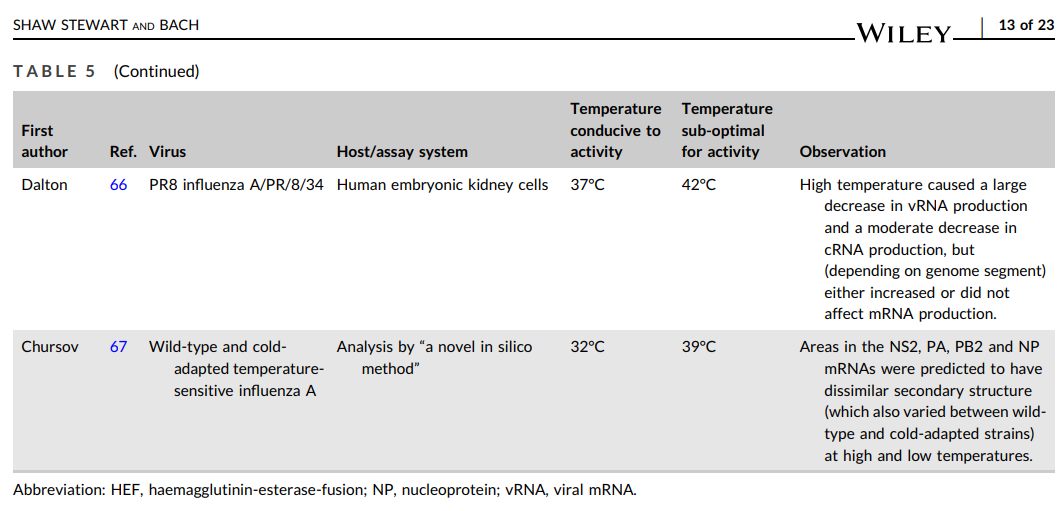






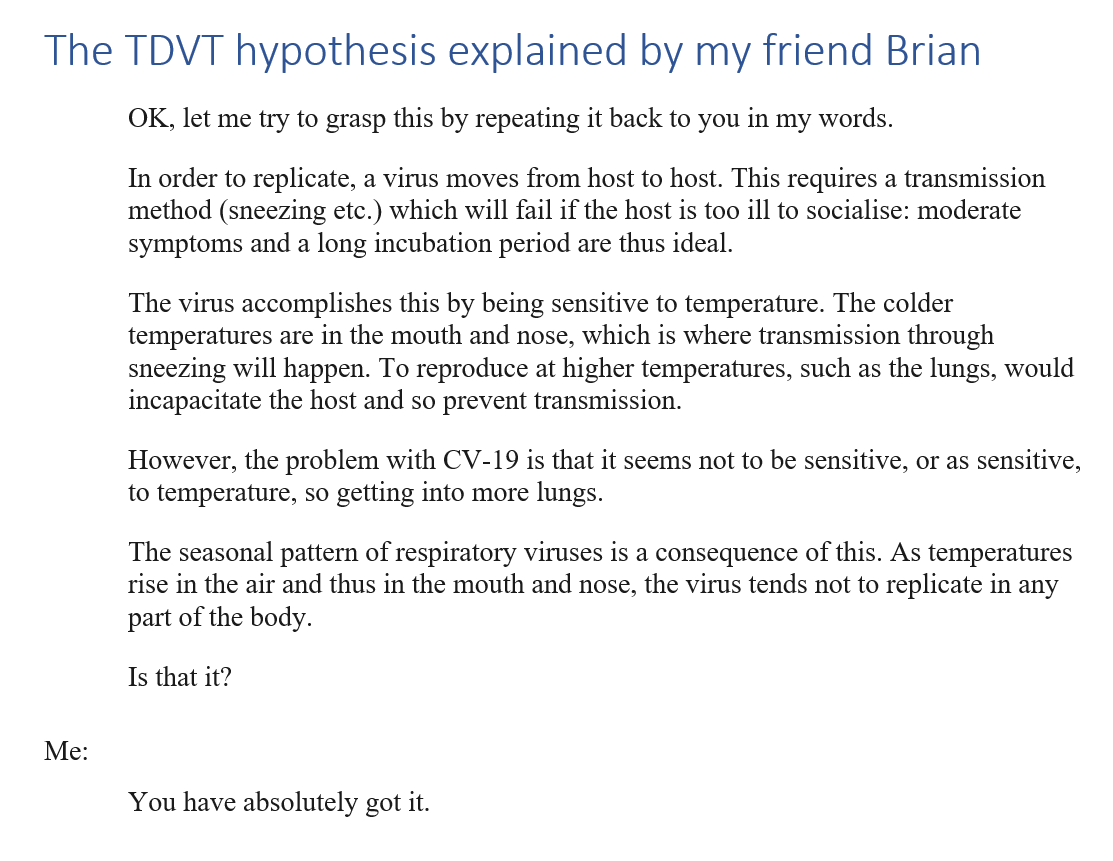
 2⃣We suggest that (virtually all) respiratory viruses sense temperature in order to keep out of the lungs, so that they can keep us moving around
2⃣We suggest that (virtually all) respiratory viruses sense temperature in order to keep out of the lungs, so that they can keep us moving around

https://twitter.com/EricTopol/status/15020247588623851822⃣I’ve read Day et al. and it has a strange omission





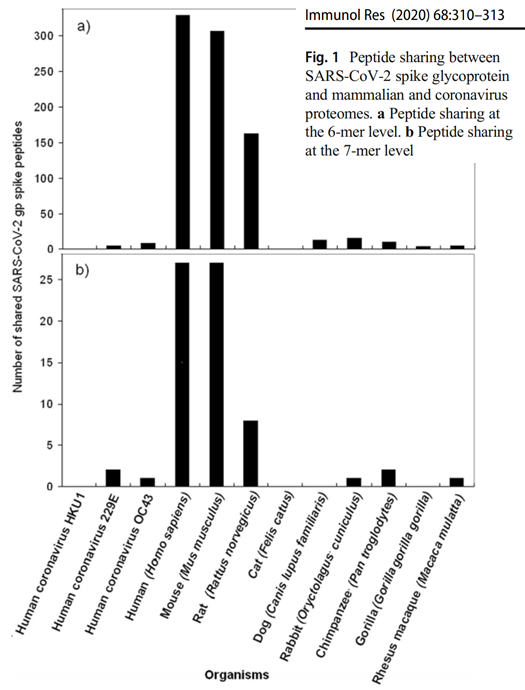
 2/ The same applies to polio, measles, dengue, influenza H1N1, smallpox, HPV, and Ebola viruses. Also bacterial pathogens like anthrax, plague and toxoplasmosis; all overlap more with mouse (and rat) than other animals.
2/ The same applies to polio, measles, dengue, influenza H1N1, smallpox, HPV, and Ebola viruses. Also bacterial pathogens like anthrax, plague and toxoplasmosis; all overlap more with mouse (and rat) than other animals. 


 2/ Interestingly, this is also seen for CoV-2 doi.org/10.1371/journa…
2/ Interestingly, this is also seen for CoV-2 doi.org/10.1371/journa…

